BLOG ARTICLE
Elevate Your Maintenance Through Data-Driven Metrics
Are your current maintenance practices are truly optimizing operations?
Regardless of size or industry, every organization relies on well-maintained equipment and infrastructure to function effectively. But how do you know if your current maintenance practices are truly optimizing operations? How to measure it ?
That's where key performance indicators (KPIs) come in. These measurable metrics provide valuable insights into your maintenance program's effectiveness and highlight areas for improvement.
Essential Maintenance Metrics for every Organization
That's where key performance indicators (KPIs) come in. These measurable metrics provide valuable insights into your maintenance program's effectiveness and highlight areas for improvement.
Essential Maintenance Metrics for every Organization
Asset health and reliability
- Asset Downtime: This metric reflects the percentage of time an asset is unavailable due to breakdowns or repairs. Lower downtime signifies better equipment reliability and operational efficiency.
- Mean Time Between Failures (MTBF): This metric calculates the average time an asset operates between failures. A higher MTBF indicates improved equipment reliability and preventive maintenance effectiveness.
- Mean Time to Repair (MTTR): This metric measures the average time it takes to repair a failed asset. A lower MTTR translates to faster equipment recovery and reduced downtime.
Labor productivity
- Work Order Completion Time (WOCT): Reveals the average time technicians take to complete specific work orders.
- First-Time Fix Rate: A low first-time fix rate signifies technicians does not have the necessary skills and resources to resolve issues faster.
Overall Maintenance Effectiveness
- Planned Maintenance Percentage (PMP): It's a ratio of the total time spent on planned maintenance tasks compared to the total time spent on all maintenance tasks (including break fixes). A higher PMP indicates a more effective PM program that helps prevent breakdowns and reduces reactive maintenance needs.
- Schedule Compliance: A high schedule compliance rate indicates that PM tasks are being completed on time.
Remember, effective maintenance isn't just about fixing things when they break –
it's about proactive planning and continuous improvement.
By embracing a data-driven approach with a CMMS, you can ensure your maintenance program keeps your organization running efficiently.
